In the earthquake that occurred in Van on October 23, 2011, with a magnitude of 7.2, 604 people lost their lives, and thousands were injured. Approximately 2,000 homes and businesses collapsed. While debris removal efforts were ongoing, another earthquake with a magnitude of 5.6, centered in Erciş, occurred on November 9, resulting in 40 casualties.
Despite various efforts in the years that followed, the traces of the earthquake still linger in the city. In the aftermath of the earthquake, Van's economy was devastated, but in the subsequent years, the population, which had suffered losses, began to increase again due to migration from surrounding cities and rural areas. This population growth, along with increased traffic and human density, led to congestion in the city and accelerated the distorted urbanization process concentrated in the center.
"Many structures having damage have not been demolished"
Following the earthquakes, a series of investments were made in housing. More than 15,000 residences were provided in Erciş and Edremit districts, as well as the neighborhoods of Kalecik, Kevenli, Bostaniçi, and Toprakkale. These houses were made available to earthquake victims at prices ranging from 65,000 lira to 80,000 lira.
Damage assessment studies conducted after the earthquake revealed that 31,870 residences, 8,849 businesses, and 9,602 barns throughout the city suffered severe damage. Additionally, 18,181 residences were determined to have moderate damage. Among them, significant number of structures with damage have still not been demolished. The demolition of damaged buildings or derelict structures in the city has increased since the February 6 earthquake of this year.
"Risky for a potential new earthquake"
Meanwhile, the city, intersected by the North Anatolian and East Anatolian Fault Lines, is considered among the risky areas for a potential new earthquake.
Civil society organizations and activists are organizing panels and calling for preparedness for a possible earthquake. Scientists frequently issue warnings for the city as well. Professor Dr. Naci Görür, a faculty member of the Department of Geological Engineering at İstanbul Technical University, emphasizes in his occasional statements that the city is a significant intersection area carrying earthquake risk.

"Urban planning in the fault line route"
Mihail Atik, the President of the Chamber of Civil Engineers in Van, stated that despite these warnings, urban planning has been implemented in recent years in areas where the fault line passes through the city.
Atik remarked, "Despite the reality of earthquakes, urban planning has been applied in some areas, driven by vested interests. This has also been done for agricultural pasture lands. There is a fault line passing through the Iskele neighborhood, yet urban planning arrangements have been made in that route as well. Concerning steps are being taken. Transformations have been carried out in the city center where new estates were profitable. The outskirts of the city have been left untouched. Unauthorized, damaged, or derelict structures still stand there. Moreover new constructions have been permitted in districts like Terzioğlu with alluvial ground. We disagree with all of this."
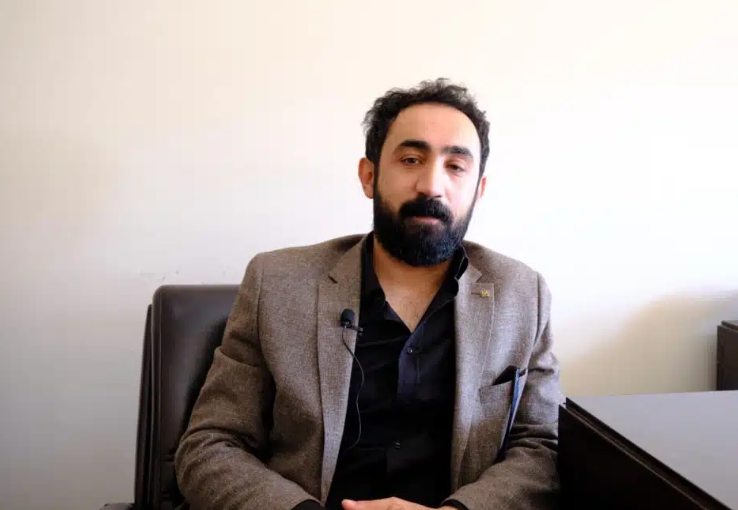
Another issue highlighted by Atik is the problem of damaged structures in the city. He points out that adequate steps have not been taken for the demolition and transformation of these damaged structures, stating:
"Unfortunately, a large portion of the identified structures has not been demolished, and there hasn't been a serious feasibility study. The new fault line is being ignored. This situation is an invitation to death in the event of a possible earthquake. The previous fault line was far from the city center, so there wasn't much destruction. However, the new fault line is very close to the center. If an earthquake occurs here, it will destroy more than half of the existing building stock."
"Grean areas opened up for construction"
Another topic of discussion regarding the city's post-earthquake transformation process is the lack of consideration for ecological balance.
Ali Kalçık, the President of the Van Environmental Association (VAN ÇEVDER), expressed concerns about the flawed transformation and its lack of environmental sensitivity:
"Van experienced a major earthquake. Despite the 12 years that have passed, neither a healthy transformation nor preparation for a possible new earthquake has been achieved. The flawed efforts made were neither at a level befitting human dignity nor environmentally friendly. The debris removed during the earthquake is still around Lake Sıhke. In fact, those debris were used to fill the reeds around Lake Van. This not only destroyed living organisms but also prevented the complete erasure of the traces of the earthquake. Our city is quite poor in terms of green areas. This situation was not considered in the new zoning plans, and green areas were opened up for construction."
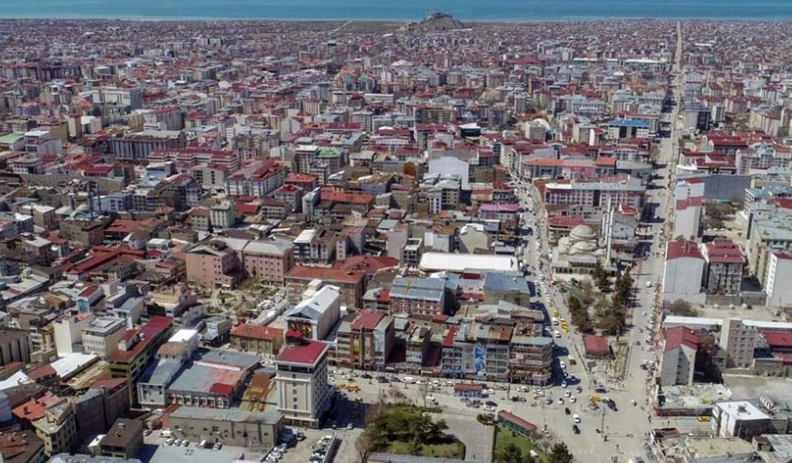
“The infrastructure will collapse”
Addressing the water supply lines affected by the earthquake in the city, Kalçık also drew attention to the asbestos hazard, stating:
"In the new building stocks, the presence of green spaces was not considered. Another issue is one of the city's biggest problems: air pollution. Preventive measures for air circulation within the city were not taken in the new zoning plan. The previously resembled a large village, and its post-earthquakes state is also quite distorted.
"The water problem is yet another issue. The routes of many pipelines are still not documented. The water pipeline damaged in the earthquake and contaminated with asbestos is still in use. The city's residents are drinking poison. In a possible earthquake, this infrastructure will collapse completely. The same issue exists in sewage and electrical systems. Earthquake evacuation areas are another problem. The city is trapped with no way out. Uncontrolled urbanization continues."
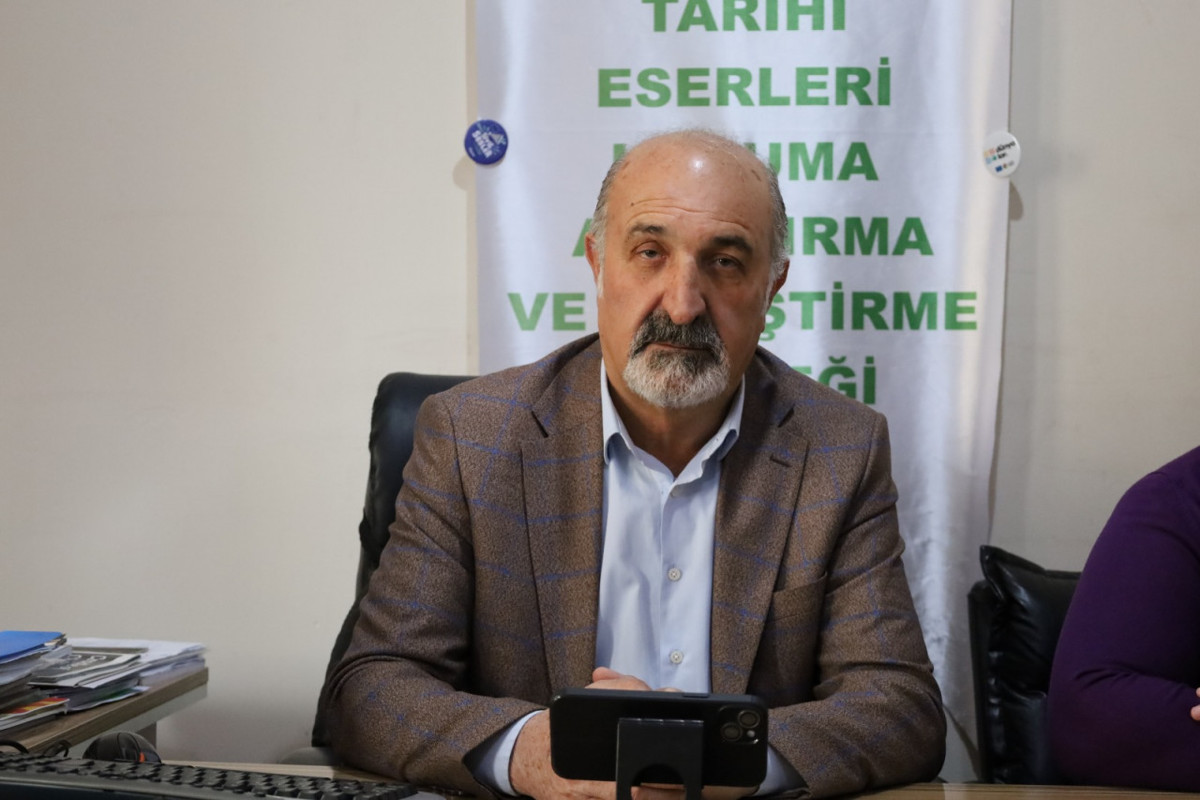
Zozan Özgökçe: “TOKİ houses led to ghettoization”
Human rights advocate and member of the Resilient Cities Community Association, Zozan Özgökçe, noted that the psychological and social needs of earthquake victims have not been addressed in the long term.
Özgökçe stated:
"Earthquakes are still happening. There are still many damaged buildings, but there is no inventory of them. There are even schools with severe damage that are still in use. There was a period of force major for 5 years. After this period, no investments are being made, and there is no effective effort for those leaving the city. TOKİ (Housing Development Administration of Turkey) built houses in a few places outside the city, but this led to ghettoization.
"People were forced to accept the TOKİ houses. The social conditions in TOKİ neighborhoods are quite dismal. Social amenities are at a very low level. During and after the earthquake, the psychological, social, and economic needs of people have not been addressed in the long term."
“No database on where disabled live"
Özgökçe, emphasizing that the city is not physically prepared for a possible earthquake, continued her speech:
"There are not even evacuation areas. When you look at the system, places designated as evacuation areas often appear as markets or other structures. If an earthquake were to happen now, there is no database indicating where institutions would intervene or coordinate effectively. There needs to be a plan focusing on children and people with disabilities. There is no database indicating where disabled individuals, those living alone, or women reside. There is also no data regarding the demographic structure of the city."

Prefabricated houses
On the other hand, there are still earthquake victims living in prefabricated houses in Van.
One of these places is the container city in Seyrantepe Neighborhood, affiliated with the Tuşba district. In this area consisting of 120 containers, 72 families reside, the majority of whom lost their homes in the earthquake. Additionally, education is still provided in prefabricated buildings at TEV İfakat Yavuz Primary and Secondary School, as well as a section of the Faculty of Fine Arts at Van Yüzüncü Yıl University.
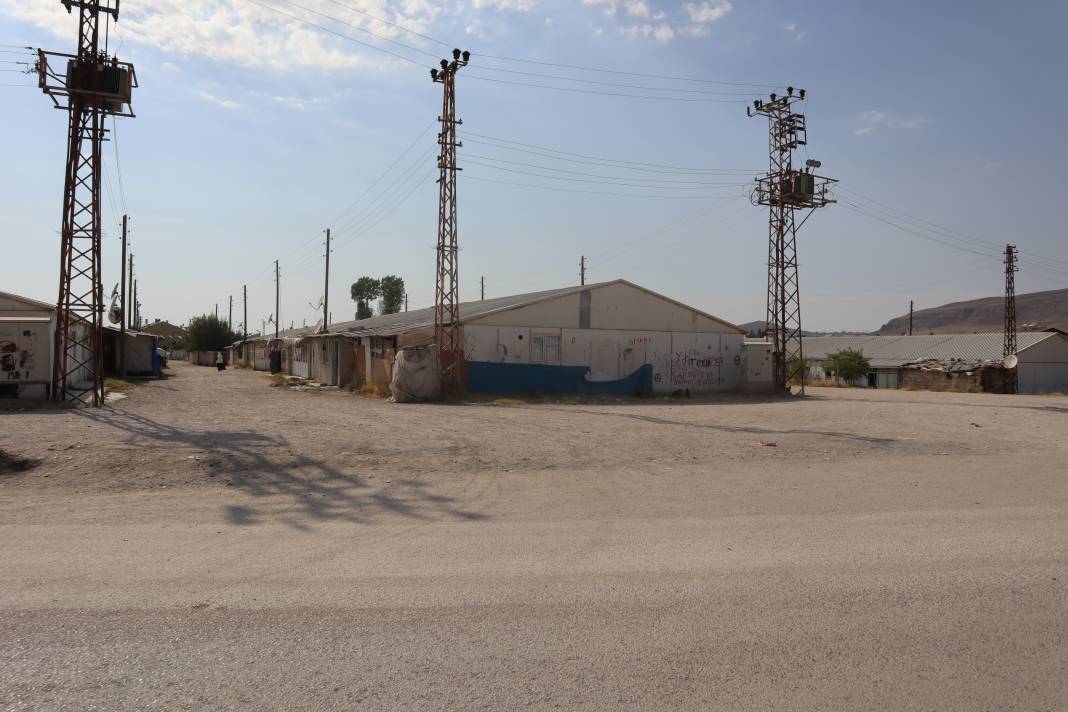
(ŞB/TY/PE)




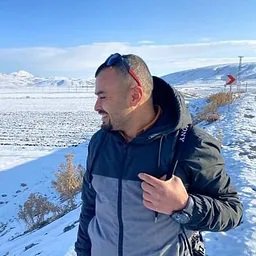

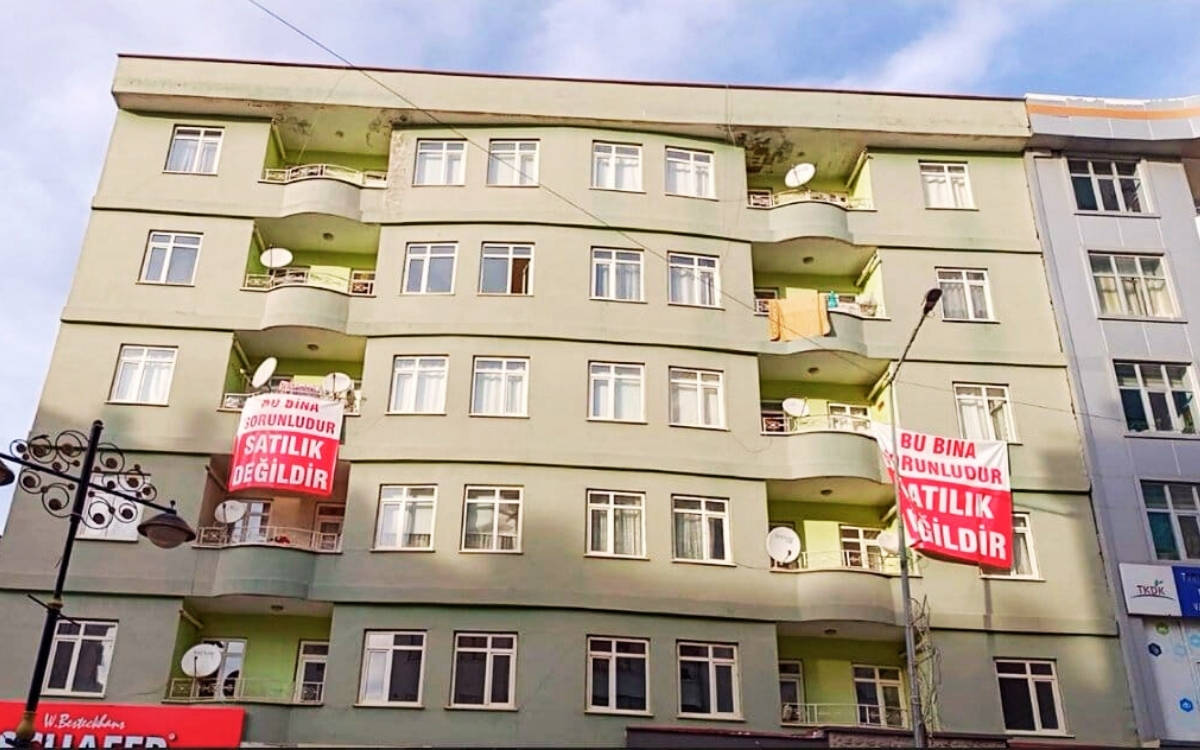
.jpg)
